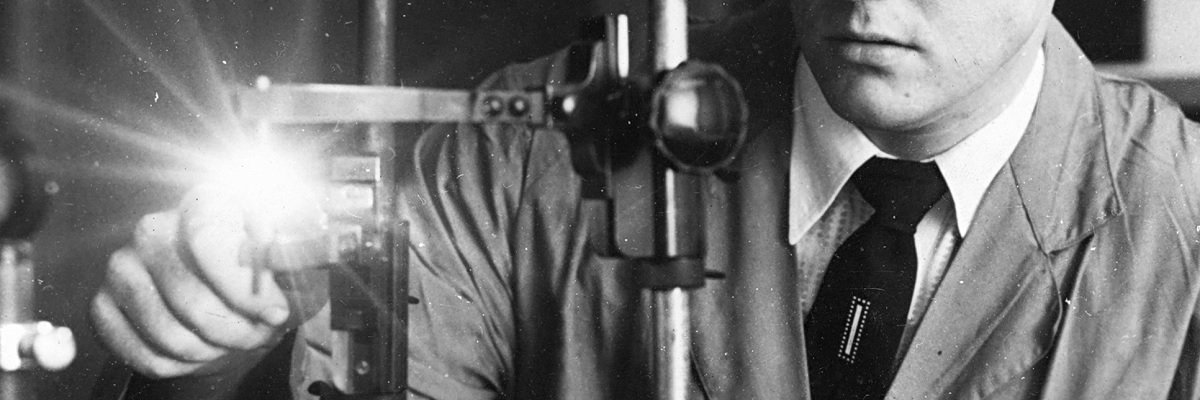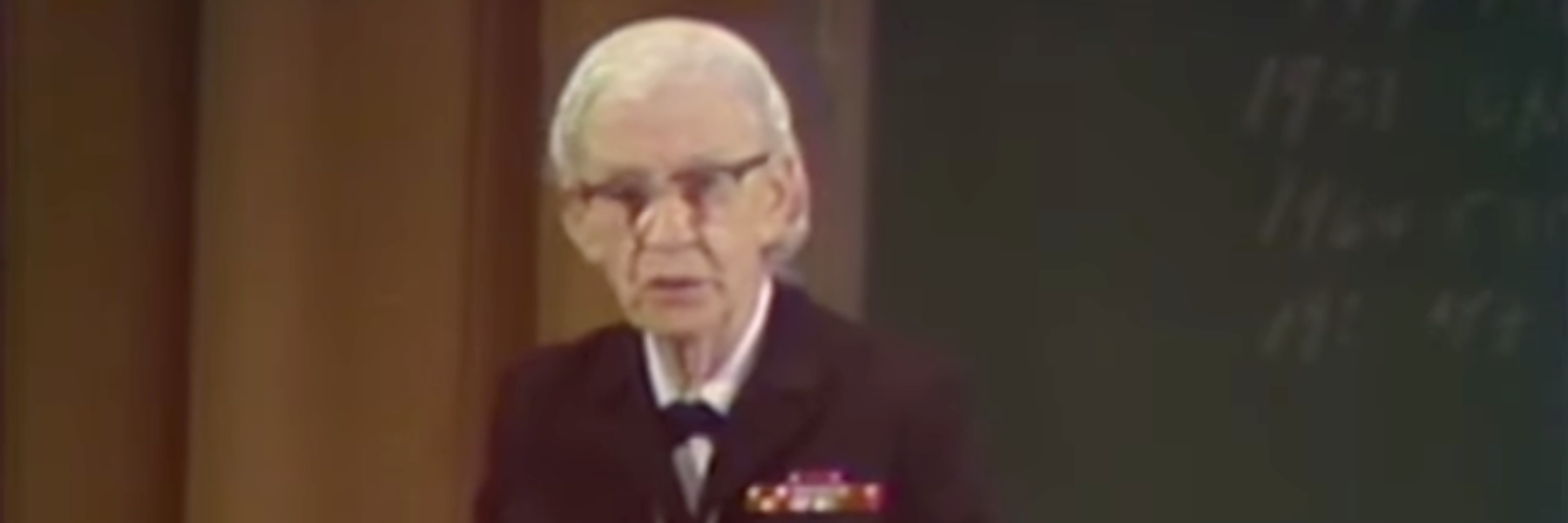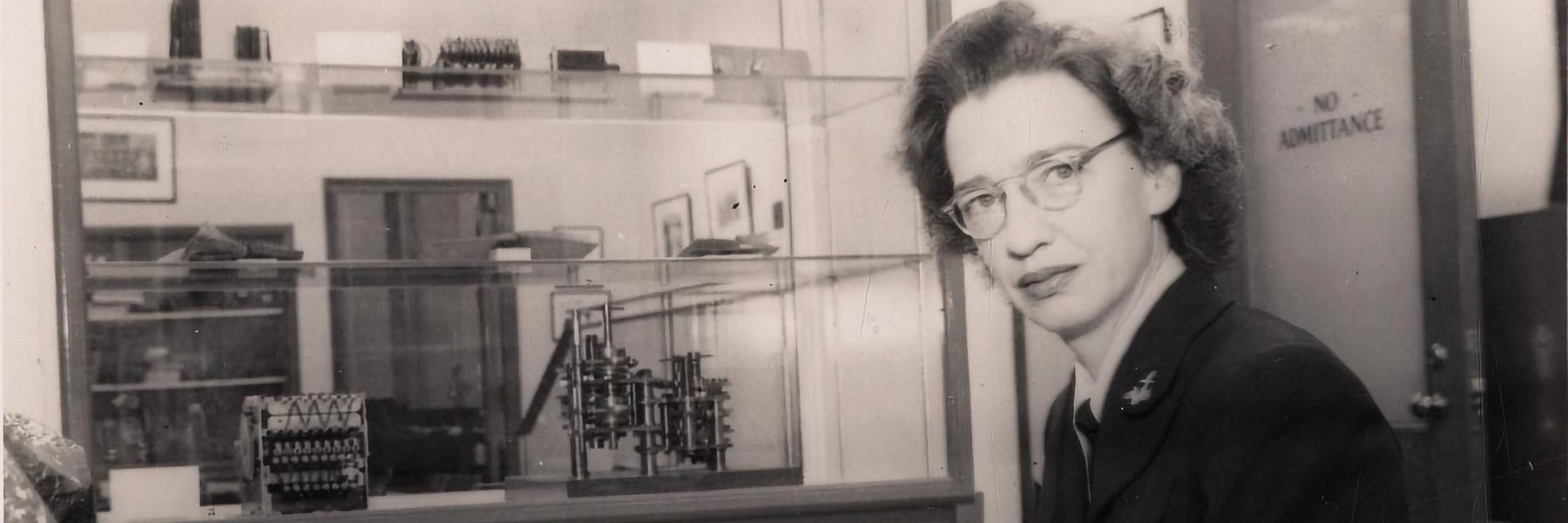In 1947, the FBI compiled techniques from seasoned investigators into a memorandum for agents in the field. Intended as a teaching tool, many of its suggestions for conducting interviews, obtaining confessions and training informants would today be considered unorthodox and illogical, if not outright racist or discriminatory.

Much of the memo, which was addressed to Director J. Edgar Hoover, appeared smudged beyond deciphering. However, the legible passages provide a glimpse into the tactics some FBI agents employed in their investigations during the early Cold War era. Many of the approaches relied on stereotyping subjects based on their ethnicity and religion, while others expose important technological advancements that agents still rely on today.
Alluding to the post-WWII, communist-fearing time frame it was written, the document details early uses of wiretapping and radio broadcasting. The memo reads, “In a Japanese espionage case, a small portable radio which could be concealed on the person, was placed on an informant who had a conference with two Jap spys [sic] regarding espionage information on which the informant supposedly had obtained regarding the U.S. Navy. This conversation was broadcast by the portable radio and recorded in a Bureau automobile about one block away.”

The memo suggests that in order to crack down on communists, one should pretend to be one, giving an example of an agent who “telephonically contacted a subject of a Communist case and told him he was in charge of circulation of a Communist newspaper.” He was able to obtain names and addresses of subjects involved in a pending case.

The memo delves into ethnic profiling when describing how to interview Mexicans. It recommends that “the Agent be extremely polite and courteous” when dealing with “slow to respond” Mexicans, claiming that they “usually will not cooperate with anyone until some kind of salesmanship especially interesting to them has been employed.” It suggests that the agent make “conversation originally revolving around something of particular interest to Mexicans such as their pursuit of life, their property, hobbies and to anything to which they may be readily conversant.”

Relying on Catholic stereotypes, the document states, “Where the subjects are Catholics it may be impressed upon them during an interview, the importance of going to confession with a clear conscience as that in making their confessions they will be able to tell the Priest that they are not guilty of falsification in their confession. Immediately contact subjects after returning from confessional has expedited obtaining of confessions.”

The memo intertwines racial profiling with religious presumptions when interviewing “Negro suspects.” In one case, “It was found that two suspects were exceedingly religious. The agent in both instances placed a Bible on a nearby table in full view of the suspect. In both instances during the course of the interview and when properly emotionally aroused, the suspect would ask the agent to read several pages from the Bible. This culminated in a confession.”

According to the memo, “The negro population are susceptible to insurance sales calls particularly from salesmen representing burial companies. A great deal of information can be obtained by these insurance salesmen who are usually white persons. On occasion it has been possible to develop information by securing the cooperation of such salesmen questioning Negro families under the pretext of collecting their insurance policies.”

Not every point in the document was built on stereotyping. On attempting to break into a subject’s home without causing a ruckus, it is suggested to “wrap feet in food bags” to prevent noise, and if a dog guards the house, “consider obtaining a female dog in heat to act as a lure.”

In case a photograph of a woman in her home is needed, it is advised to follow the lead of the agent who “posed as a child photographer and was admitted to the home of this woman to take pictures of the child. At the same time he actually obtained photographs of the mother without her being aware of this action.”

Another agent adopted the pretext of being a Harvard freshman to gain access to a rooming house, even leaving in the morning for “classes.”

And finally, regarding the Interstate Transportation of Obscene Matter, “One Agent was able to work into the group producing and merchandising the obscene products by becoming a salesman of such film and eventually becoming invited to participate in the production of various obscene pictures.”

Read the full memo embedded below, or on the request page.
Image via FBI.gov




